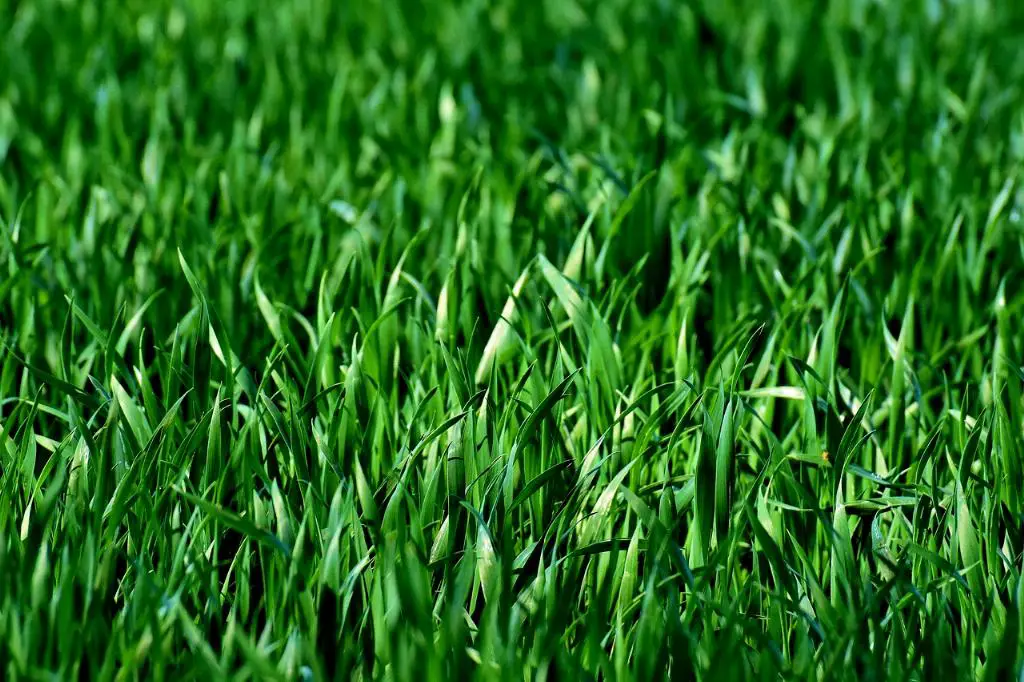When seeking to grow a lush lawn in shady areas, begin by assessing the amount of sunlight your site receives throughout the day. Trim lower limbs of trees to allow more light to penetrate and reach the grass below. Reduced tree density can also increase light exposure, aiding in grass growth.
Utilize Mulch and Mow Strategically
Opt for mulch under trees instead of turf to mitigate the challenges of shade. Mow your lawn in shaded areas at a higher setting to promote better air circulation and light absorption. By keeping leaves off the lawn, you prevent excessive shade that inhibits grass growth.
Consider Shade-Tolerant Grass Varieties
When aiming to grow grass in shady spots, select seed varieties known for their shade tolerance. Species like fine fescues, St. Augustine grass, and Zoysia grass can thrive in lower light conditions, ensuring a greener lawn even in shady areas.
Implement Proper Irrigation Practices
Watering plays a crucial role in fostering lawn growth in shade. Opt for deep, infrequent watering sessions to promote robust root development. Avoid overwatering, as soggy soil can lead to fungal issues, especially in areas with limited sunlight.
Address Soil Quality and Fertilization
Test your soil to determine its pH levels and nutrient content. Adjust soil acidity and fertilize accordingly to create optimal growing conditions for shade-adapted grass species. Regular fertilization can bolster grass health and resilience in shaded environments.
Practice Smart Seeding and Overseeding
When seeding or overseeding shaded areas, ensure proper seed-to-soil contact for successful germination. Use a high-quality seed mix suitable for shade conditions and follow guidelines for watering and maintenance to establish a dense, vibrant lawn.
Provide Adequate Aeration and Drainage
Aerate compacted soil in shaded regions to enhance airflow, water penetration, and nutrient uptake. Proper drainage is essential to prevent waterlogging, which can impede grass growth and lead to root rot in shade-adapted turf.
Combat Weeds and Pests
Regularly inspect shaded lawns for weed growth and pest infestations. Implement integrated pest management strategies to control unwanted invaders without harming beneficial organisms in the ecosystem. Weed-free lawns promote healthier grass growth in shaded areas.
Engage in Prudent Shading Management
Observe the seasonal changes in shade patterns on your lawn and adjust maintenance practices accordingly. Trim branches or strategically prune trees to optimize light exposure for grass growth. Flexibility in shading management is key to nurturing a thriving shaded lawn.
Monitor and Adapt Care Practices
Regularly monitor the health and growth of your shaded lawn. Adjust care practices based on grass response to sunlight exposure, irrigation, fertilization, and other factors. By staying attentive and adaptable, you can cultivate a robust lawn in challenging shaded environments.
Embrace Patience and Persistence
Growing a successful lawn in shaded areas requires patience and persistence. Recognize that establishing dense, verdant grass cover in low-light conditions may take time and consistent effort. Stay dedicated to your lawn care regimen, and you will ultimately reap the rewards of a thriving shaded lawn.

Seek Professional Guidance if Needed
If you encounter persistent challenges in growing grass in shaded areas, consider consulting with lawn care professionals or local extension services for tailored advice. Expert insights can help you troubleshoot specific issues and refine your shade gardening techniques for optimal lawn vitality.
